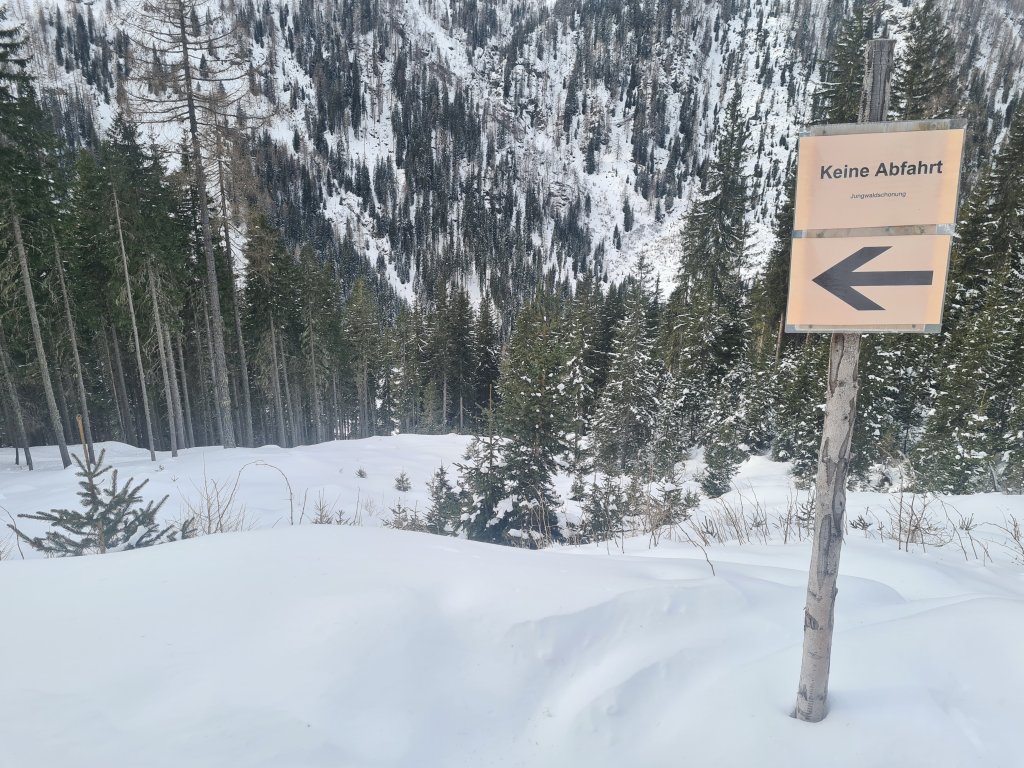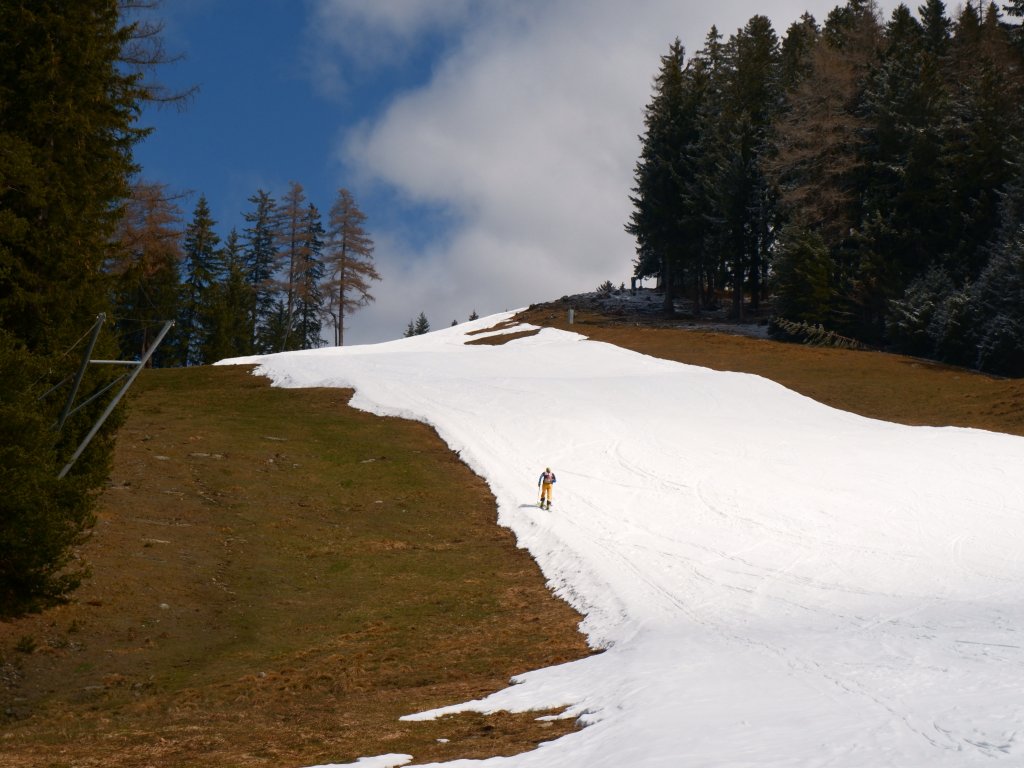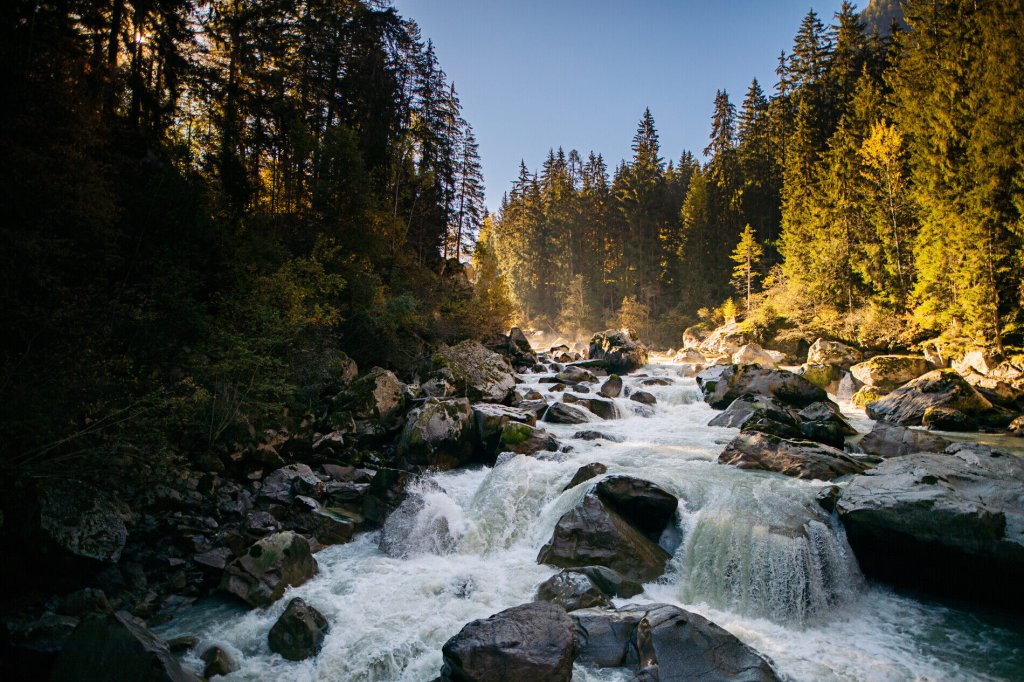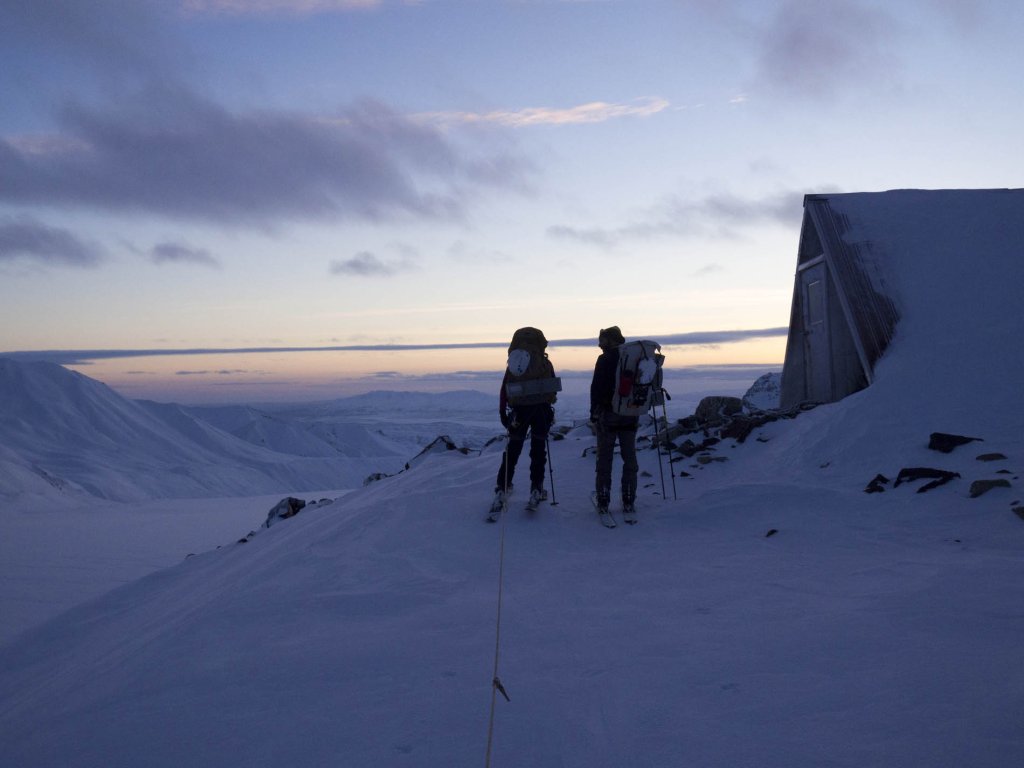The legal framework:
Let's start with the most important key data: according to Austrian forestry law, a forest is an area overgrown with forest trees (forest vegetation) over 1,000 m² and with an average width of at least 10 m - regardless of property boundaries. Areas with temporarily removed vegetation, i.e. areas after damaging events (windthrow, bark beetle) or as a result of utilisation (logging), are also considered forest. Forest roads or timber storage areas are also legally considered forest.
The forest fulfils four important main functions, which are also enshrined in the Forest Act, a federal law: the protective function, the utility function, the recreational function and the welfare function. As these functions are important to us all, there are rules to protect them and therefore to protect the forest as a whole.
One of these regulations explicitly concerns freeriding. In the area of lifts (e.g. cable cars), skiing in the forest is only permitted on marked pistes or ski routes. This applies in any case to an area of 500 metres on either side of the lifts, pistes or marked downhill runs. There are also interpretations that assume an area that can be reached within a 30-minute walk. Anyone who violates this regulation is committing an administrative offence. The penalty range starts at EUR 150 and goes up to EUR 750 or imprisonment for up to one week.






